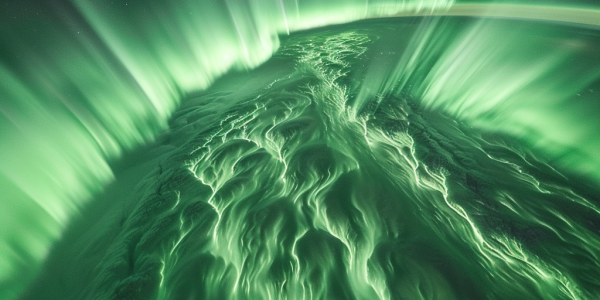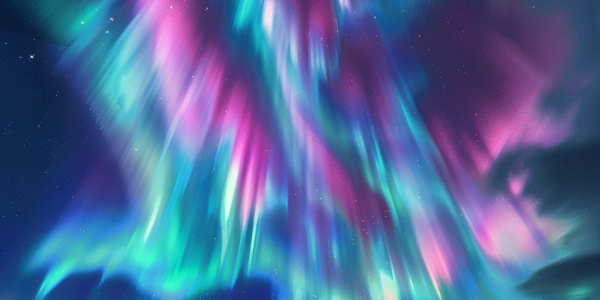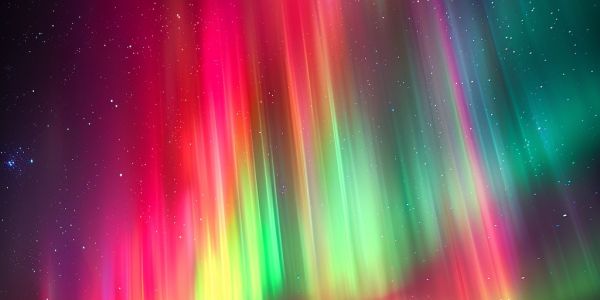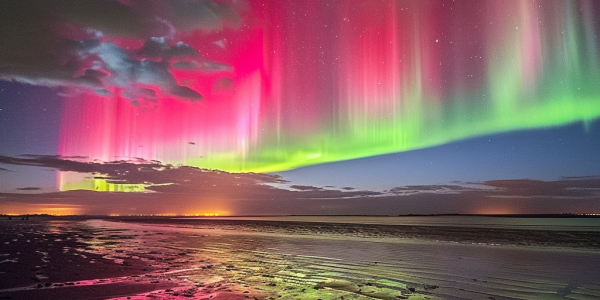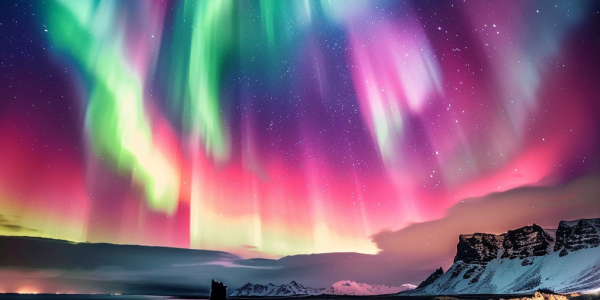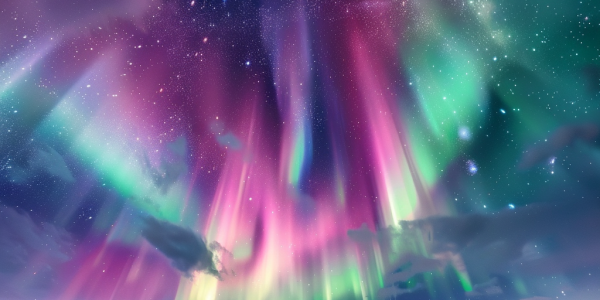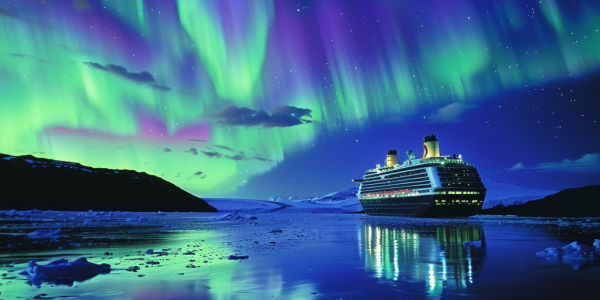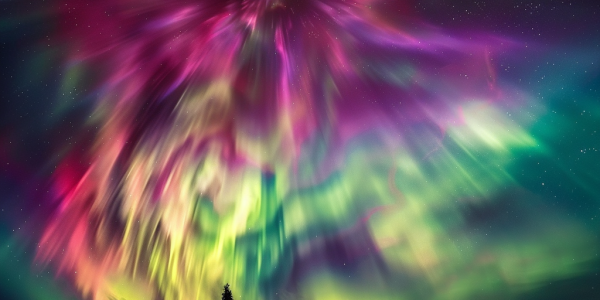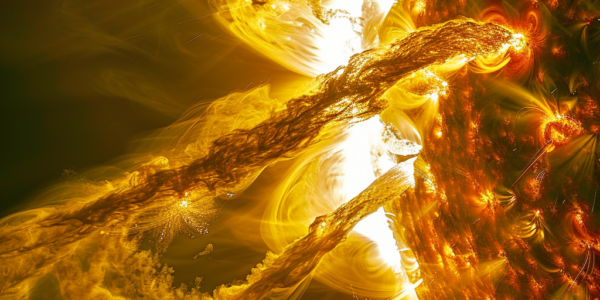Scientists Discover Rare ‘Polar Rain’ Aurora Over Arctic Region
Discover the mesmerizing ‘polar rain’ aurora observed for the first time on Christmas Day 2022 over the Arctic region. Japanese and US-based researchers unveil the unique origins of this rare phenomenon, shedding light on the mysterious green glow spanning 2,485 miles. Learn how data from satellites unraveled the secrets of this unprecedented celestial event, marking a significant milestone in understanding auroral dynamics and space weather.
Stunning Green Aurora Dance Captured from ISS
Experience the mesmerizing dance of green aurora in the night sky captured from the International Space Station (ISS). This enchanting footage shared on Instagram showcases the beauty of this natural phenomenon that often leaves viewers in awe. Witness the ethereal dance of the green aurora against the backdrop of the dark night sky, creating a visual spectacle that is both captivating and awe-inspiring. Stay connected with us for more captivating stories and updates across various categories.
Tips for Capturing the Aurora Borealis with Your iPhone
Capture the mesmerizing beauty of the Aurora Borealis with your iPhone using these helpful tips for photography enthusiasts and nature lovers. From adjusting exposure settings to finding a location with minimal light pollution, enhance your Northern Lights photography experience and capture stunning photos of this breathtaking natural light display.
Severe Geomagnetic Storm Expected to Bring Northern Lights to U.S.
A severe geomagnetic storm has reached Earth, potentially disrupting various systems including communications, the electric power grid, and navigation. NOAA has issued a rare Severe (G4) Geomagnetic Storm Watch, marking its first alert of this kind in 19 years. The strong solar storm is expected to produce vibrant displays of the aurora borealis, visible across a wide area in the northern half of the United States. Monitoring space weather forecasts from reliable sources like NOAA is recommended for the best viewing times.
Millions of Americans May Witness Aurora Borealis This Weekend
Exciting news for skywatchers in the United States as millions of Americans could have the opportunity to witness the stunning aurora borealis this weekend. A powerful geomagnetic storm has reached Earth, potentially creating a spectacular light display in the night sky. Officials suggest individuals in states as far south as Alabama and Northern California may be able to catch a glimpse of the northern lights if weather conditions are favorable. Stay tuned for updates and get ready to witness this natural phenomenon in all its glory!
Rare Northern Lights Display Across UK Captivates Sky Watchers
The Northern Lights, also known as aurora borealis, have been dazzling sky watchers across the UK with their vivid colors. A strong geomagnetic storm allowed for optimal viewing conditions, sparking excitement among onlookers who shared stunning pictures from various locations. The spectacle is a result of charged particles from the sun interacting with gases in the Earth’s atmosphere, producing vibrant colors ranging from green to pink and scarlet.
Understanding the Sun’s 11-Year Magnetic Pole Flip Cycle
Learn about the 11-year solar cycle and how the Sun’s magnetic pole flip leads to increased solar activity such as sunspots and solar flares. Discover the history of this cycle dating back to 1843 and its impact on phenomena like northern and southern lights.
Princess Cruises Introduces Northern Lights Experience for Alaska Cruises in 2024
Experience the mesmerizing Northern Lights on Princess Cruises’ Alaska voyages in 2024. The Voyage to the Stars program guarantees guests a chance to see the Aurora Borealis in the ship’s planetarium and the Alaskan sky. Immerse yourself in local culture with the North to Alaska with Princess program, offering a unique perspective on Alaskan life. Princess Cruises ensures an unforgettable experience with a backup planetarium show in case of poor visibility. Witness five glaciers and 91 cruises to Glacier Bay National Park, showcasing Alaska’s natural beauty up close. Astrotourists and nature enthusiasts will love this unique addition to their Alaskan adventure.
Geomagnetic Storm to Create Stunning Aurora Lights Across the U.S.
Exciting news for skywatchers in the United States as a geomagnetic storm is set to create stunning aurora lights across the country. The NOAA’s Space Weather Prediction Center has reported powerful solar flares from region 3663 of the Sun, potentially leading to spectacular Northern Lights displays in the northern U.S. Keep an eye out for the mesmerizing auroras and enjoy the beauty of nature’s light show!
NASA Observes Strong Solar Flare from the Sun
The Sun emitted a strong solar flare, peaking at 4:56 p.m. ET on March 28, 2024. Solar flares can impact radio communications, electric power grids, navigation signals, and pose risks to spacecraft and astronauts. This flare is classified as an X1.1 flare, denoting the most intense flares. To see how such space weather may affect Earth, please visit NOAA’s Space Weather Prediction Center, the U.S. government’s official source for space weather forecasts, watches, warnings, and alerts.

